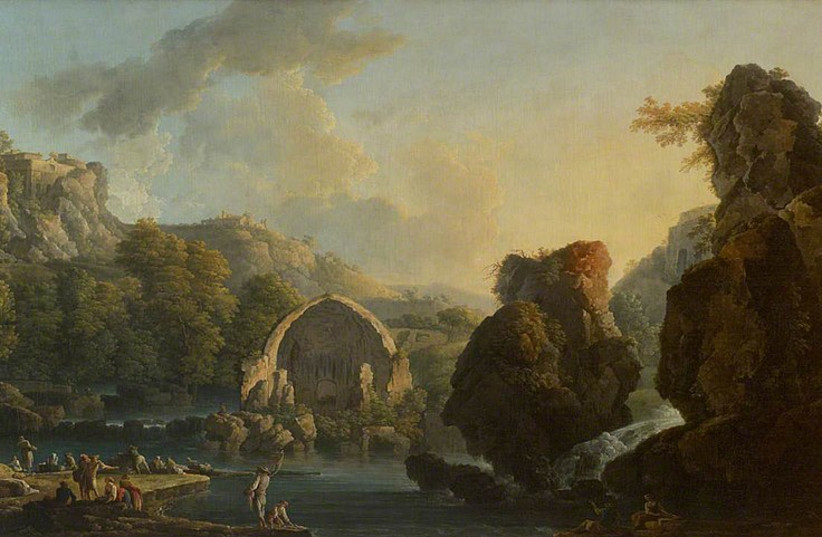Archaeologists have made new discoveries in the luxury villas in an ancient Roman town mired with sin and vice that has sunken underwater.
The Roman town of Baia was the great luxury resort of the ancient world and has been dubbed by many as the "Las Vegas of the Roman Empire."
Now, the one-time center for leisure, scandal and decadence is naught but a pile of ruins sunken beneath the Gulf of Naples.
What was the luxury Roman resort town of Baia and what did the archaeologists find?
First gaining notoriety in ancient times due to mineral waters and mild climate, Baia was considered to be one of, if not the undisputed resort of choice for the upper echelons of Roman society. Back then it was known as the Phlegraean Fields, named such after the nearby calderas.
In particular, it saw its heydey during the later days of the Roman Republic, but it remained a popular resort throughout the Roman Empire and beyond. Many prominent Roman figures frequented it, including Pompey the Great, Gaius Marius, Marcus Tullius Cicero and Roman Emperor Septimus Severus. Other prominent Romans owned villas here, including Julius Ceaser and emperors Nero and Hadrian.
The town was also rich in scandal, with visitors supposedly engaging in hedonistic debauchery during their stay in Baia, with Latin poet Sextus Propertius dubbing it a "den of licentiousness and vice" and Seneca the Younger calling it a "vortex of luxury" and "harbor of vice."
However, the town would eventually suffer its downfall. First, it was sacked by Germanic tribes, then again in the 8th century CE by the Muslims.
But the town's ultimate downfall turned out to be quite literal – in the sense that it fell down underwater. This was due to the nearby calderas and overall volcanic region, which saw the land dropped below sea level due to bradyseismic activity.
However, over the years there has been significant underwater archaeological research on the town.
The latest research, conducted by the staff of the Campi Flegrei Archaeological Park in the Baths of Lacus, managed to discover marble inlay floors in a sunken villa, as well as a marble column.
The column particularly stands out as it is believed to have been made of Portasanta marble. This colorful material, known to the Romans as marmor chium, was mined exclusively on the Greek Island of Chios and was widely sought after as one of the most desirable and expensive marbles in the ancient world.
Portasanta marble was also used for some of the floorings and was used to provide color to the slabs that helped make up the floor of this once-luxurious resort home.

